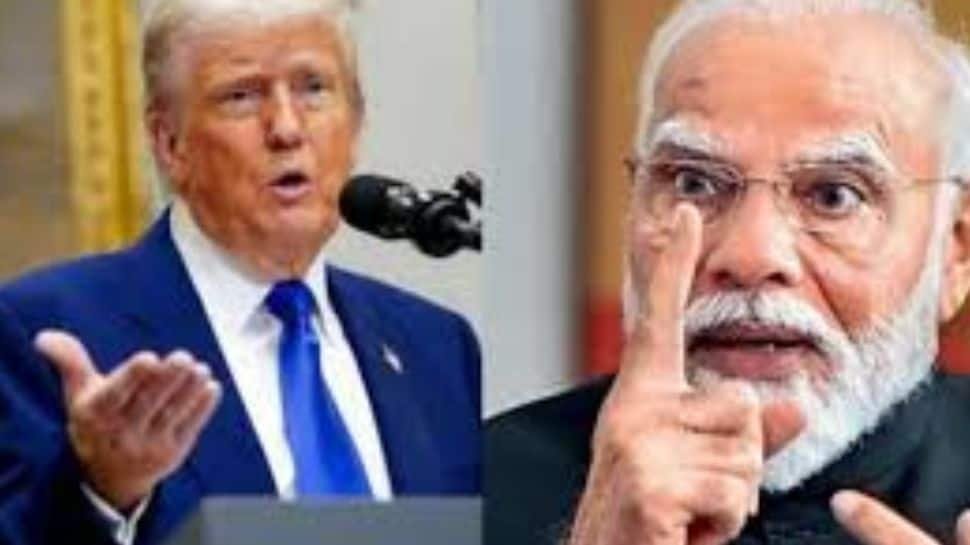New Delhi: India significantly increased imports of Russian oil after the Ukraine conflict began in 2022. This move was largely driven by the diversion of traditional oil supplies to Europe, creating a gap in India’s energy sourcing. Notably, the United States initially encouraged India to buy Russian oil to stabilize global energy markets during this turbulent period.
Energy Security and Affordable Consumer Costs
India’s decision to import from Russia is primarily aimed at ensuring affordable and predictable energy costs for its vast population of 1.4 billion, thus safeguarding economic stability. Given the global market pressures and price volatility, these imports are a compelled necessity rather than a strategic alliance with Moscow.
Criticism from the US and EU vs Their Own Trades with Russia
Despite criticism from the US and European Union targeting India’s Russian oil imports, the same countries maintain substantial trade relationships with Russia. The US imports uranium hexafluoride, palladium, fertilizers, and chemicals from Russia, while the EU’s trade goes beyond energy to include fertilizers, mining products, chemicals, iron, steel, and machinery. This exposes a dichotomy between their rhetoric and actual trade practices.
Scale of EU-Russia Trade Compared to India-Russia Trade
The EU’s bilateral trade with Russia in goods reached approximately €67.5 billion in 2024, with services trade at an additional €17.2 billion in 2023—significantly exceeding India’s total trade volume with Russia. European imports of liquefied natural gas (LNG) also hit a record high of 16.5 million tonnes in 2024, surpassing previous years, showcasing Europe’s deep economic ties with Russia.
India Among the Largest Buyers of Russian Oil Globally
India emerged as the second-largest buyer of Russian crude oil, after China, importing around two million barrels daily—about 35% of its total oil imports as of 2025. This shift makes India a major destination for various Russian crude grades, including Urals, ESPO, Sokol, and Arctic grades, highlighting the country’s crucial role in sustaining Russian oil exports amid Western sanctions.
Global Context and Price Cap Strategy
The US and its allied countries, while imposing sanctions, opted for a price cap mechanism on Russian oil rather than a total ban, aiming to keep Russian oil flowing to prevent global price spikes. India’s purchases at capped prices have contributed to stabilizing global oil prices, offering a practical approach amid geopolitical complexities.
India’s Position: Sovereignty and National Interest
India maintains that its energy imports from Russia are driven by market demands and national interest, rejecting accusations of supporting Russia’s war efforts. The Ministry of External Affairs has denounced the targeting of India by the US and EU as unjustified and hypocritical, emphasizing that strategic autonomy and safeguarding economic security guide India’s policies.
#India #Holds #Mirror #Trump #Strikes #Russian #Oil #Tariff #Threat #Protecting #Interests #Economy #News



